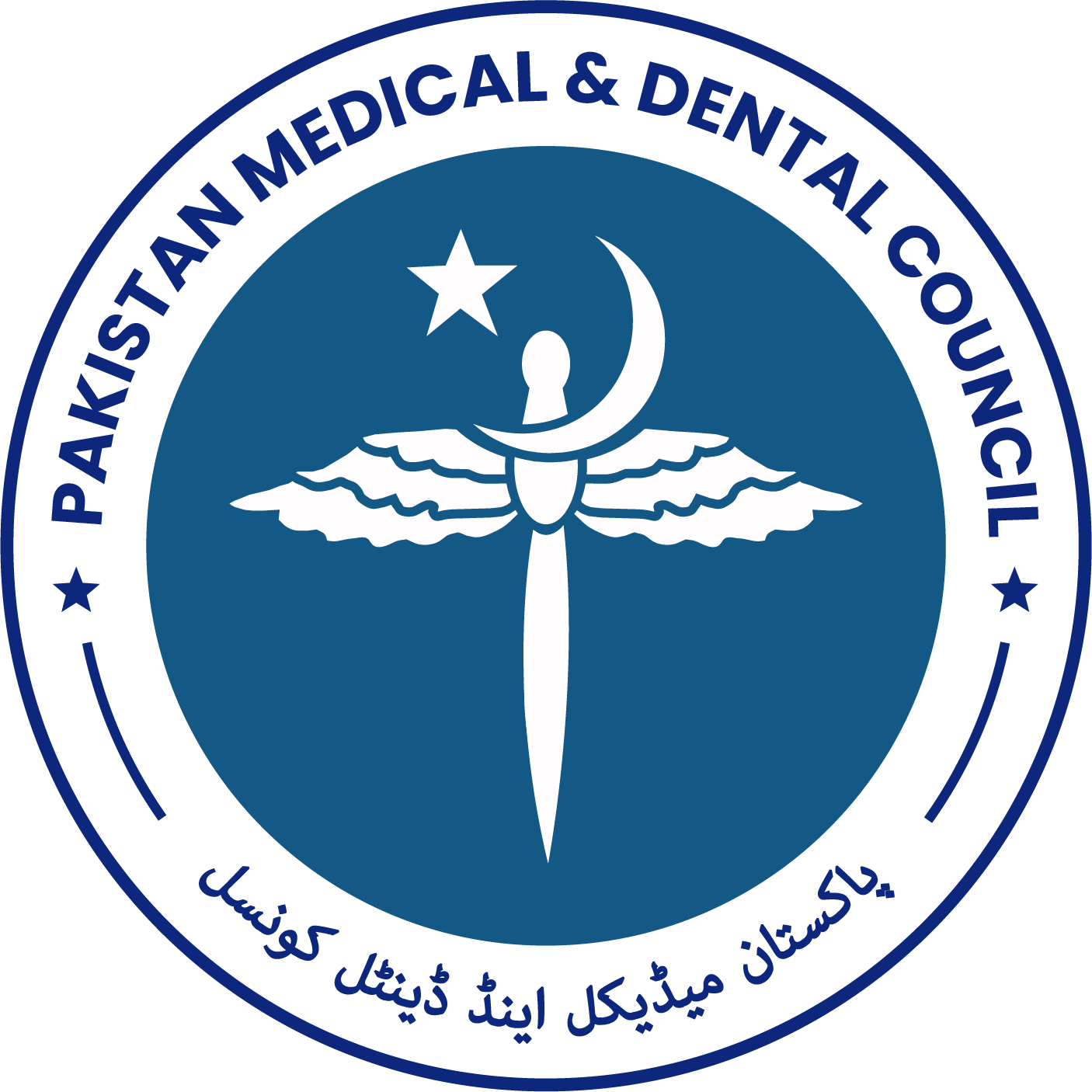Comparison of Frequency of Postpartum Hemorrhage in Spontaneous versus Prostaglandin Induced Labour at Term Gestation
Abstract
Objective: To compare the frequency of postpartum haemorrhage in spontaneous versus induced labor at
term.
Study Design: A comparative cross-sectional study.
Place and Duration of Study: The study was conducted at the Department of Obstetrics and Gynecology,
Benazir Bhutto Hospital Rawalpindi, Pakistan from April 2021 to March 2022.
Methods: A sample size of 108 women fulfilling inclusion criteria was categorized into two equal groups of 54;
Group-A spontaneous onset of labor (SOL) and Group-B of induced labor with prostaglandin (IOL). Both groups
were analysed for the frequency of postpartum haemorrhage PPH. Also, the association was checked by using
Pearson Chi-square test of significance and t-test for comparing means. A P-value of ≤ 0.05 was considered as
significant.
Results: The mean age of women in Group-A vs Group B was 26.78±4.78 years vs 25.96±4.70 years. Mean
gestational age was 38.33±0.97 weeks vs 38.72±1.02 weeks. Multigravida (67%) were more than primigravida
(33%). Postpartum haemorrhage was seen more in Group-B 24 (44.4%) compared with Group-A 11 (20.4%),
with a significant P-value (P = 0.008). The mean estimated blood loss (EBL) was higher in Group-B
(675.00±420.41 ml) than in Group-A (442.78±279.25 ml) with a significant P-value (P = 0.003). EBL in each group
was cross checked by Haematocrit levels (%Hct) and mean value of %Hct was decreased post- delivery in
women with postpartum hemorrhage. Consequently, blood transfusions were more in Group-B 16 (29.6%)
than Group-A 9 (16.7%). Upon stratification for parity, the rate of PPH was higher in multigravida. The secondary
maternal outcomes like; prolonged second stage of labour, uterine atony and retained placental tissues were
also more in Group-B.
Conclusion: The induction of labor is associated with a significant risk of postpartum hemorrhage and should be offered only when it is deemed necessary.
Copyright (c) 2024 Sumaira Mubasher, Shazia Syed, Sobia Nawaz Malik, Aisha Ishtiaq, Humera Bilqis, Humera Noreen

This work is licensed under a Creative Commons Attribution-NonCommercial 4.0 International License.















